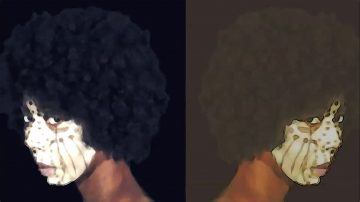by Akim Reinhardt
 During the 1990s, the impossibility of a black president was so ingrained in American culture that some people, including many African Americans, jokingly referred to President Bill Clinton as the first “black president.” The threshold Clinton had passed to achieve this honorary moniker? He seemed comfortable around black people. That’s all it took.
During the 1990s, the impossibility of a black president was so ingrained in American culture that some people, including many African Americans, jokingly referred to President Bill Clinton as the first “black president.” The threshold Clinton had passed to achieve this honorary moniker? He seemed comfortable around black people. That’s all it took.
Because an actual black president was so inconceivable that a white president finally treating African Americans as regular people seemed as close as America would get any time soon.
In 1998, Nobel Laureate Toni Morrison brought Clinton’s unofficial title to national attention with a New Yorker essay aimed at discrediting the impeachment proceedings against him. One of Morrison’s rhetorical devices was to check off all the boxes in which Clinton displayed “almost every trope of blackness,” including being raised in a working class, single-parent household, and loving fast food.
By 2003, the idea of a black president was still outlandish enough that it served as common comedic fodder. Chris Rock starred in the film Head of State, a fantasy comedy in which Chicago Alderman Mays Gilliam becomes a fluke president. And Dave Chappelle portrayed an unabashedly African American version of President George Bush in a Chapelle Show sketch. The skit’s running joke was how outrageous and “unpresidential” it would be to have a black chief executive. Read more »

